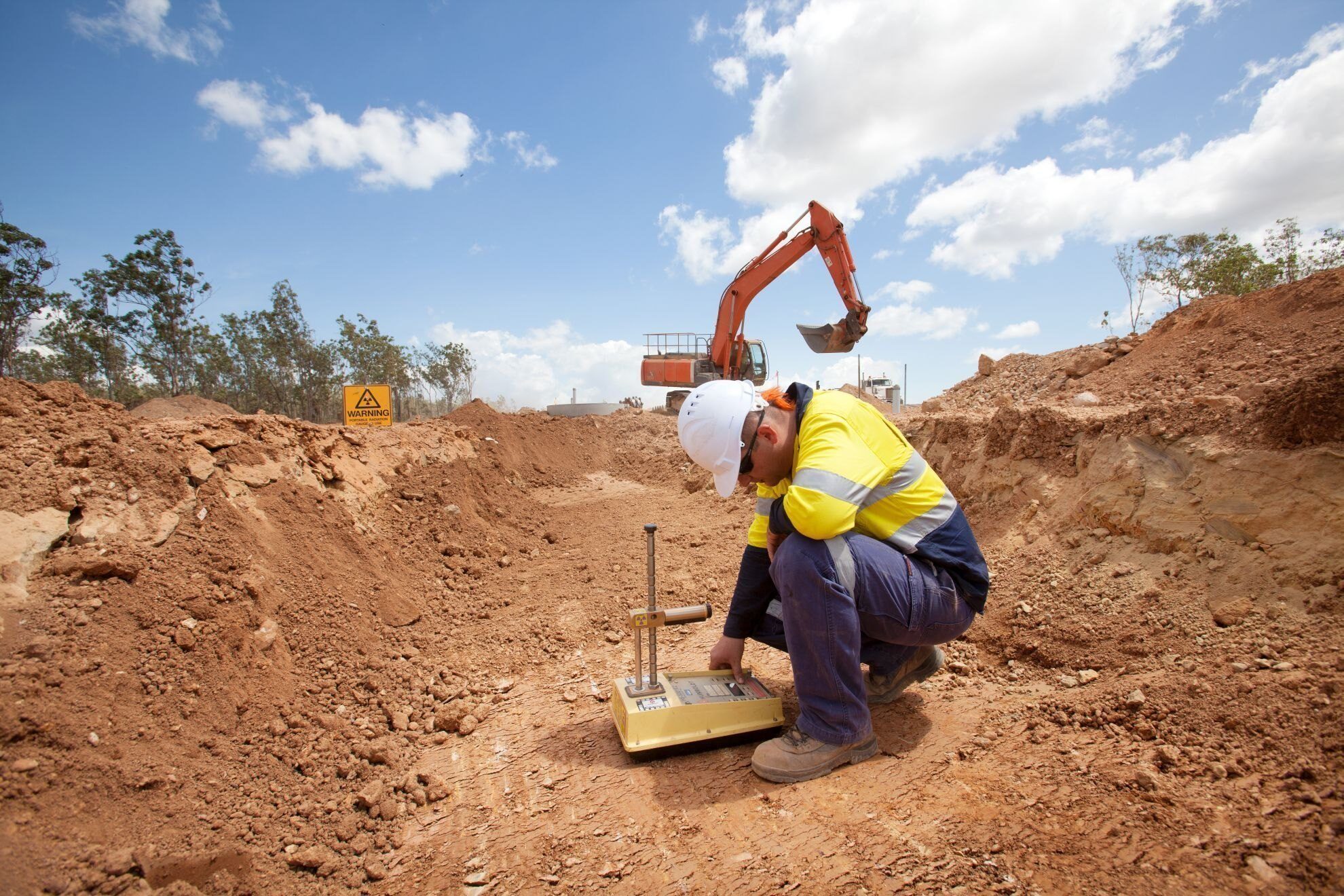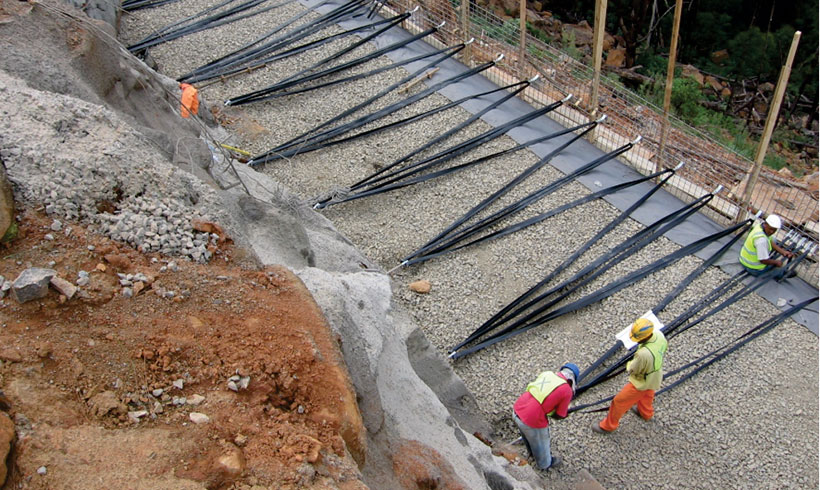More About Geotechnical Engineering For Construction Projects
More About Geotechnical Engineering For Construction Projects
Blog Article
The Main Principles Of Geotechnical Engineering For Construction Projects
Table of ContentsGeotechnical Engineering For Construction Projects - QuestionsThe Geotechnical Engineering For Construction Projects PDFsIndicators on Geotechnical Engineering For Construction Projects You Need To KnowNot known Factual Statements About Geotechnical Engineering For Construction Projects The Only Guide to Geotechnical Engineering For Construction ProjectsUnknown Facts About Geotechnical Engineering For Construction ProjectsGeotechnical Engineering For Construction Projects - An Overview
Concepts and Method of Ground Enhancement. Ground Enhancement Concepts And Applications In Asia. Layout evaluation in rock mechanics.Cengage Learning, Stamford, 666 p. Atkinson, J., 2007. The technicians of dirts and foundations. Taylor & Francis, N.Y., 442 p. Floating Offshore Wind Wind Turbines: Reactions in a Sea state Pareto Optimal Styles and Financial Analysis, P. Sclavounos et al., October 2007. Nicholson, D, Tse, C and Dime, C. (1999 ). The Observational Technique in ground engineering concepts and applications.
About Geotechnical Engineering For Construction Projects
Laboratory and area screening plays a crucial function in this procedure. By removing samples from the earth's subsurface and using a collection of examinations, geotechnical engineers can predict the behaviour of soil layers and assess their viability for different construction endeavours. The essence of geotechnical design in civil design can not be overstated, attributable to numerous aspects: The first action in any type of geotechnical research involves determining the soil type at the building and construction site.
The structure acts as the bedrock of any construction task. Choosing the suitable foundation type is a choice that pivots on the extensive evaluation offered by geotechnical design.

Geotechnical site investigation is a vital step in the preparation and implementation of any kind of construction task. It involves the collection and evaluation of data connected to the physical residential properties of dirt and rock below a proposed building and construction site. This details is crucial for the layout and construction of secure, stable, and sustainable frameworks.
Indicators on Geotechnical Engineering For Construction Projects You Need To Know
, additionally understood as subsurface expedition, involves a collection of tasks aimed at figuring out the dirt, rock, and groundwater problems at a construction site. The main purposes are to identify prospective geotechnical hazards, evaluate the design buildings of subsurface materials, and supply referrals for the style and construction of foundations, preserving walls, and various other structures.
This may include geological maps, airborne photographs, previous investigation reports, and historic information. The desk research study assists in determining possible geotechnical concerns and preparing the subsequent fieldwork. Complying with the desk research study, a site reconnaissance is carried out to aesthetically check the site and its surroundings. This entails observing the topography, drain patterns, existing structures, plant life, and any signs of instability or erosion.
Not known Facts About Geotechnical Engineering For Construction Projects
Superficial test pits are excavated to straight observe and example the dirt and rock. This approach serves for researching the upper layers of the subsurface and determining near-surface threats. Non-invasive geophysical techniques, such as seismic refraction, ground-penetrating radar (GPR), and electrical resistivity tomography (ERT), are used to map subsurface conditions and spot anomalies.
Dirt and rock examples gathered throughout the field investigation are subjected to research laboratory testing to identify their physical and mechanical residential properties. These tests offer necessary data for geotechnical analysis and layout.
The key advantage of geotechnical website examination is making sure the safety and security of frameworks. By comprehending official website the subsurface conditions, engineers can make structures and various other architectural components that can hold up against the lots and environmental forces they will certainly be subjected to. This reduces the threat of settlement, decrease, and structural failure.
An Unbiased View of Geotechnical Engineering For Construction Projects
This makes certain reliable and risk-free construction practices. Geotechnical website examinations are typically required by building codes and regulations.
This info is indispensable for project managers, engineers, and specialists in developing realistic timetables, budgets, and contingency strategies. Geotechnical Engineering for Construction Projects. Skyscraper in a Coastal AreaIn a coastal city, a high-rise household structure was intended on a site with thought loosened sand down payments and a high water table. A detailed geotechnical examination, including borehole drilling, CPT, and geophysical surveys, was conducted
All about Geotechnical Engineering For Construction Projects
Based upon these findings, the structure layout was modified to include deep heap advice structures extending right into secure strata, and ground renovation methods, such as vibro-compaction, were implemented to alleviate liquefaction risks. This positive technique made sure the safety and security and security of the building while avoiding pricey post-construction remediation. Facilities Development on a Sloping TerrainA significant facilities project, including the building and construction of a freeway and bridges, was intended on a hilly surface with high slopes.

The Leaning Tower of Pisa (Italy), an iconic building wonder, is infamous for its unintended tilt from substantial geotechnical problems. The tower's foundation was improperly designed to handle the soft, unpredictable dirt beneath it, resulting in uneven settlement and its distinct lean. Our globe is populated with impressive infrastructure projectsfrom looming high-rise buildings to sprawling bridgesall standing testament to the evolution of the different building and construction equipment and techniques offered.
Geotechnical design is a customized field within civil design that focuses on examining the actions of earth products. This branch digs deep right into the groundinvestigating exactly how the soil, rock, and groundwater at a building website can influenceand be influenced bythe infrastructure that we set up on and into them. Prior to a single block is laid or a concrete foundation put, geotechnical designers probe into the earthgathering essential information about the website's dirt make-up, rock structure, and groundwater degrees.
The 3-Minute Rule for Geotechnical Engineering For Construction Projects

is a device made use of to analyze the integrity and load-bearing capacity of piles throughout installment, leveraging the concept of wave proliferation. It enhances construction efficiency by providing real-time evaluations, thus ensuring secure and efficient heap structures. One of the practical applications of geotechnical design entails making a decision and executing the best techniques for foundation building.
Pile driving represents more than the plain act of putting structural aspects into the ground. However, it is a very carefully managed procedure of transferring a structure's tons past the much less stable dirt layers more detailed to the surfacedown to the a lot more considerable strata that lie underneath. When it comes to pile driving, consider just how geotechnical engineers expertly use this strategy to equally disperse the framework's weight.
Report this page